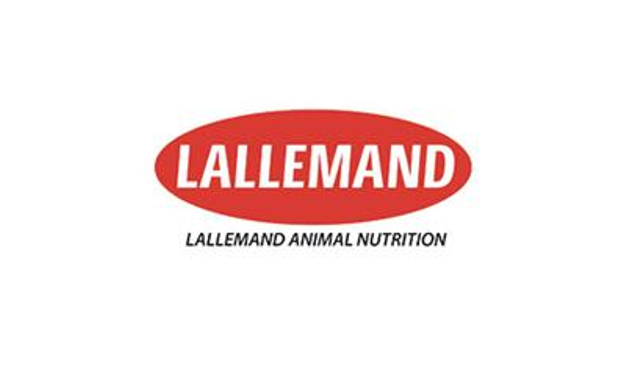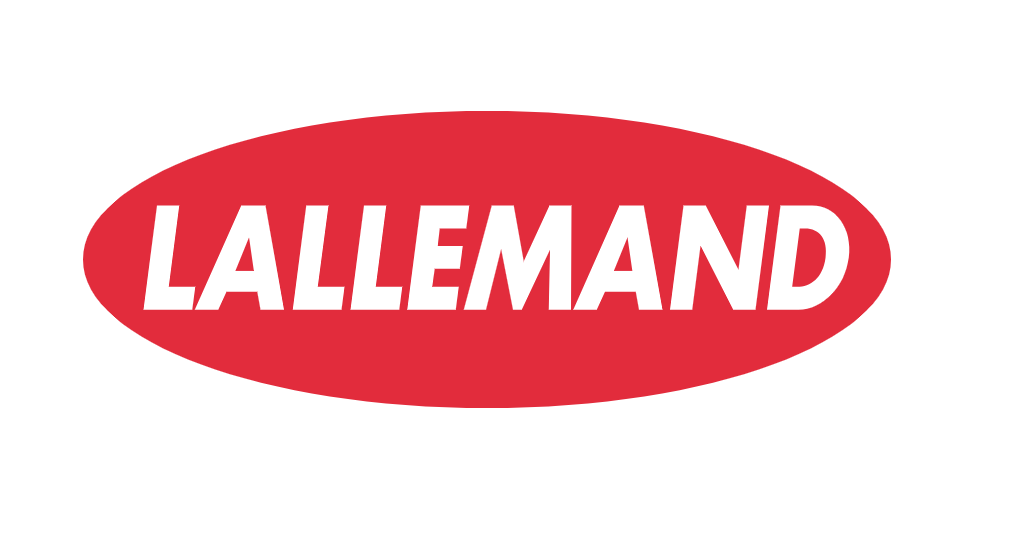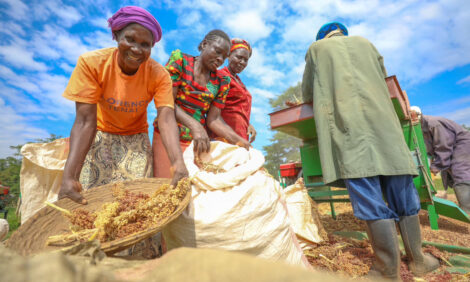



Balancing act: Tackle oxidative stress with our antioxidative solutions
Melon juice is rich in superoxide dismutase and selenium enriched yeastOxidative stress occurs when there's an imbalance between the production of ROS and the body's ability to counteract their harmful effects with antioxidants. This imbalance can result from either an overproduction of ROS or a depleted antioxidant defense system.
Sources of Reactive Oxygen Species (ROS)
To understand the origins of ROS, we need to look at the cellular level. Energy production, a fundamental process for all living organisms, primarily occurs in tiny cellular structures called mitochondria. Depending on the cell type and its energy needs, there can be hundreds or even thousands of mitochondria per cell. During energy production, mitochondria naturally generate ROS as by-products. Under normal conditions, cells have defense mechanisms to neutralize these ROS. However, when ROS production exceeds the capacity of these defenses, it can lead to damage and induce a chain reaction of creating new reactive species (so called free radicals). This is what we call oxidative stress.
Triggers of oxidative stress
Several factors can trigger oxidative stress, such as pollution, sun radiation, dietary toxins, intense physical activity, metabolic disorders, infections, inflammations, vaccinations, medications, aging, thermal stress and more. For each animal species the triggers can be different.
Consequences of oxidative stress
Oxidative stress can have detrimental effects on cellular structures and functions. Damage to mitochondria disrupts energy production. Damaged lipids can destabilize cell membranes, impairing their integrity and functionality. Protein oxidation can lead to misfolding and aggregation, impairing their normal function, while DNA damage can result in mutations and genomic instability. Furthermore, , cellular damage can activate the immune system, leading to chronic inflammation. Excessive oxidative stress can induce both controlled and uncontrolled cell death, contributing to a state of cellular chaos and the development of various diseases.
Role of antioxidants in cells
To protect against the harmful effects of free radicals, cells rely on a network of both enzymatic and non-enzymatic antioxidants. Enzymatic antioxidants, such as superoxide dismutase, catalase, and glutathione peroxidase, are located in the mitochondria and play a key role in converting ROS into water and oxygen. Non-enzymatic antioxidants, such as vitamins C and E, act as free radical scavengers in the cytoplasm and cell membrane. Together, these primary and secondary antioxidants form the antioxidant defense system.
Supporting the antioxidant defense system
Today, secondary antioxidants are widely incorporated into animal diets. Compounds like vitamins E, polyphenols, and other compounds are well-known for their ability to neutralize free radicals. Additionally, trace minerals such as copper, zinc, selenium, manganese, and iron are crucial co-factors for primary antioxidants and are commonly supplemented. To maximize efficacy, selecting highly bioavailable forms, such as organic selenium, is recommended. Our selenium-enriched yeast, ALKOSEL, is a highly bioavailable source of organic selenium, essential for producing glutathione peroxidase, a key antioxidant enzyme.
Another approach is to directly up-regulate the antioxidant defense system, particularly primary antioxidants. This is where MELOFEED excels.
MELOFFED is a melon juice concentrate derived from a specific melon variety, naturally rich in superoxide dismutase (SOD) , this concentrate is protected with a patented coating to preserve its activity. Research across different animal species has demonstrated its ability to stimulate the production of the antioxidant enzymes in the cells and therefore supporting the antioxidant defense system directly in the mitochondria (the first line of defense). This is where secondary antioxidants cannot act, therefore, this can bring an extra layer of protection against oxidative stress.
Conclusion
Although many triggers of excessive ROS production are unavoidable, some can be mitigated. Minimizing exposure to pollution, toxins, heavy metals, and radiation is essential. The consequences of chronic oxidative stress should not be underestimated, they start at the cellular level and can have significant long-term effects that may take time to manifest.. Implementing a comprehensive antioxidant strategy — combining secondary antioxidants, bioavailable trace minerals, and solutions that stimulate the production of primary antioxidants — can help maintain cellular balance and mitigate the negative effects of oxidative stress.
By understanding and addressing the impact of oxidative stress, we can better safeguard animal health and well-being, ensuring them to thrive in their environments.
Want to know more about oxidative stress and its consequences for animals? Watch our expert talk video!
Do you want more information about ALKOSEL and MELOFEED? Visit our website!










